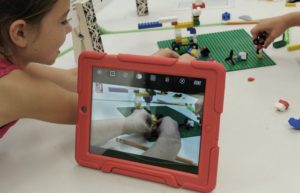Makerspaces: Building English Language Skills
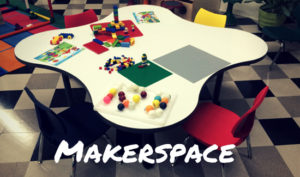 Have you heard of Makerspaces (or different types of makerspaces such as ArtHives, Genious Hours…)?
Have you heard of Makerspaces (or different types of makerspaces such as ArtHives, Genious Hours…)?
In a nutshell, a makerspace is… any physical location (in a school or within the community) where students or adults of any age can gather to tinker, create, discover, build and learn from the process of doing so. The power of the makerspace in education is to build competency and interest in STEAM activities (Science, Technology, Engineering, Art and Mathematics), while linking the activities to the curriculum. The students are at the heart of the action while engaging in project-based learning and developing creativity.
What is the added benefit for ESL? Educators are finding that these creative spaces help ESL students become more proficient in the language. The maker movement is based on peer support, advice and assistance. Students must use complete sentences to talk through their ideas and are encouraged to keep journals about their work and progress. The interaction with peers fosters a collaborative learning dynamic for STEAM activities and language learning. Makerspaces provide an authentic context for oral interaction and give students the confidence to do things and experiment.
What do you do in a makerspace? The simple answer is you use your imagination and creativity to make things. Makerspaces include hands-on activities for students to design, experiment and build while engaging in art, science, technology, mathematics and engineering.
What is the mindset? Trying, failing and finding new solutions. There is no notion of failure, but rather trial and error, experimentation or trying a new strategy. Failure is not an end destination, it provides an opportunity to learn. This is not only a valued attitude in the makerspace mindset, but also for the learning of a language.
A makerspace is not defined by the tools or the materials it contains. It is defined by the mindset of creation and collaboration, as well as the process of learning by doing. You don’t need a 3D printer, a woodshop or high tech computers. You can build from anything… cardboard, Lego, recycled fabrics, playdough or even bananas for piano keys! No two makerspaces are alike and no form is better than another.
Some ideas for the elementary ESL classroom
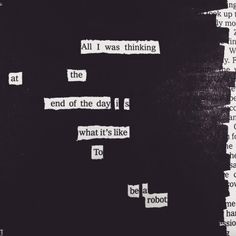
Blackout Poems. You can use newspapers or recycled books. Click here to view.
Digital/video productions such stop-motion animation or greenscreen videos.
Look at this example of an ESL green screen project. Students acts as reporters.
Here are LEARN’s suggested resources for video production.
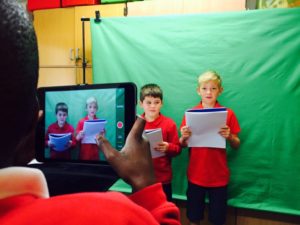
STEAMing with Picture Books in ESL
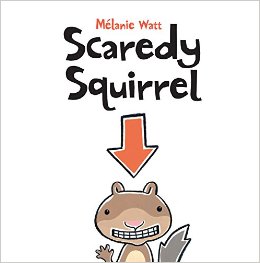 Recently, the MEES ESL programs team and Quebec Reading Connection (QRC) presented a workshop on STEAMing with Picture Books. The goal of their presentation was to share ideas for teaching Intensive and regular ESL students using illustrated picture books while making links to other school subjects.
Recently, the MEES ESL programs team and Quebec Reading Connection (QRC) presented a workshop on STEAMing with Picture Books. The goal of their presentation was to share ideas for teaching Intensive and regular ESL students using illustrated picture books while making links to other school subjects.
They proposed C1, C2 and C3 tasks, STEAM workstations and book recommendations to try in your ESL workstations.
Click here to view their Powerpoint Presentation.
Click here for the collaborative ESL STEAM workstations.

